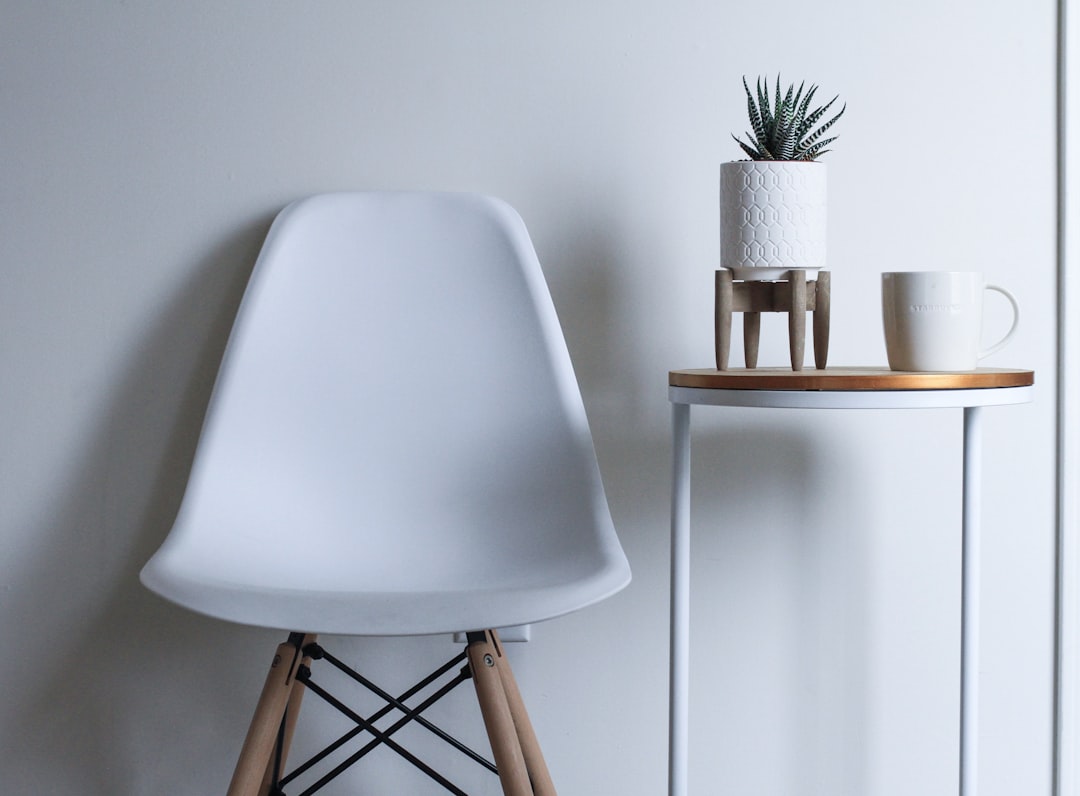When dealing with back pain, one of the key factors that can significantly impact your comfort and posture is the design of the chair you use. Chairs play a crucial role in providing support and alignment for your spine, affecting how you sit, work, and ultimately, your overall well-being. Understanding how chair design influences posture and comfort is essential for those with back pain to alleviate discomfort and promote better spinal health.
Importance of Chair Ergonomics
The term ‘ergonomics’ refers to the science of designing furniture and tools to optimize human well-being and overall performance. When it comes to chairs, ergonomic design focuses on creating a seating solution that promotes natural body posture and minimizes the risk of musculoskeletal issues like back pain. The ergonomic chair design takes into account factors such as seat height, depth, backrest shape, armrests, and lumbar support to ensure that the user maintains proper spinal alignment while sitting.
Effects of Chair Design on Posture
A poorly designed chair can lead to slouching, uneven weight distribution, and increased pressure on the lower back, resulting in discomfort and potential long-term spinal issues. For individuals with back pain, sitting in a chair that lacks proper support can exacerbate their condition. Chairs with inadequate lumbar support, for example, can cause the spine to curve unnaturally, leading to strain and discomfort. On the other hand, a well-designed chair encourages good posture by supporting the natural curves of the spine and distributing weight evenly, reducing the strain on the back muscles.
Key Features of Back-Friendly Chairs
When choosing a chair to support your back health, look for features that promote good posture and comfort. Opt for chairs with adjustable seat height to ensure your feet rest flat on the floor, maintaining proper leg alignment. A chair with a contoured backrest that supports the natural curve of your spine, particularly the lumbar region, can help reduce back pain and strain. Additionally, armrests at the correct height can support your arms and shoulders, preventing tension in the upper body.
The Role of Sitting Dynamics
Incorporating movement into your sitting routine can also contribute to better back health. Chairs that allow for dynamic sitting, such as those with a swivel base or tilting mechanism, encourage shifting of positions and engaging core muscles. This helps prevent stiffness and promotes circulation while reducing the risk of developing back pain from prolonged static sitting. By incorporating sitting dynamics into your chair design choice, you can actively improve your posture and comfort levels throughout the day.
Personalization and Adaptability
Every individual has unique body proportions and comfort preferences, making personalization an essential aspect of chair design for back pain sufferers. Look for chairs that offer adjustability in various aspects, such as seat depth, tilt tension, and lumbar support height, to customize the chair to your specific needs. By adapting the chair to fit your body correctly, you can ensure optimal support and comfort, mitigating the risk of exacerbating back pain due to poorly fitting furniture.

